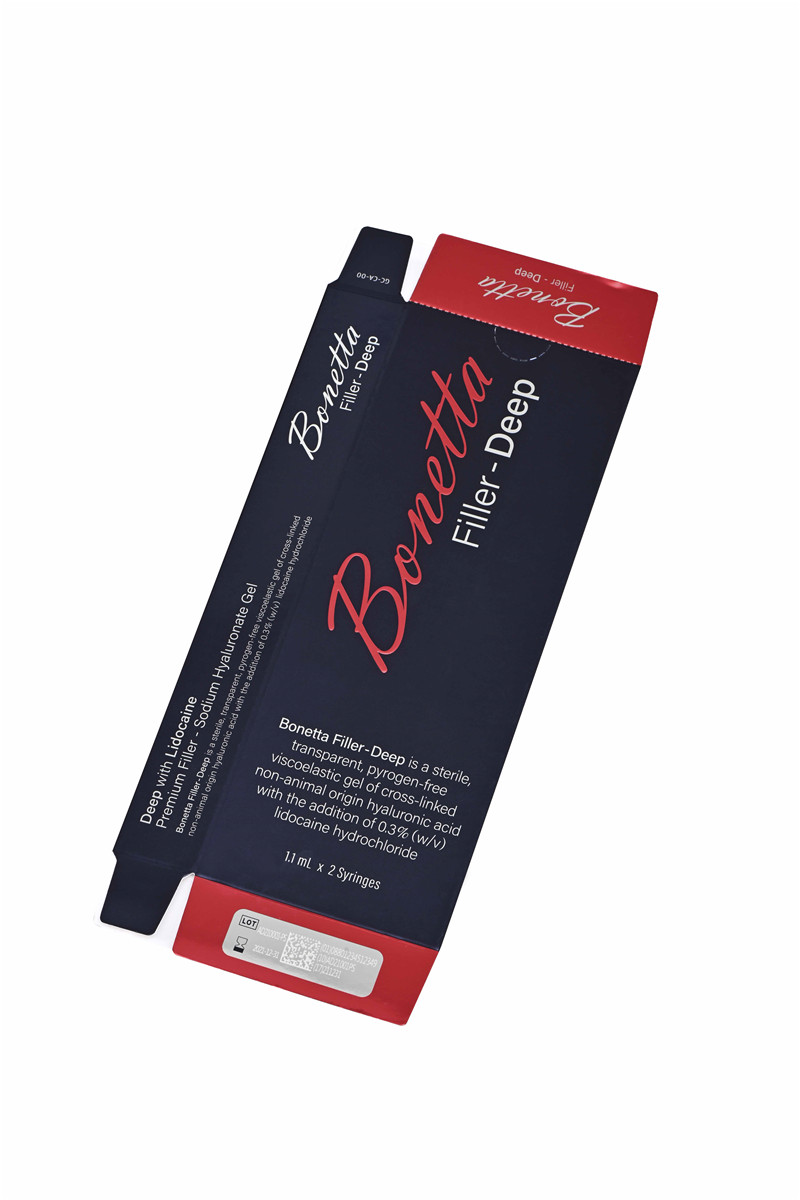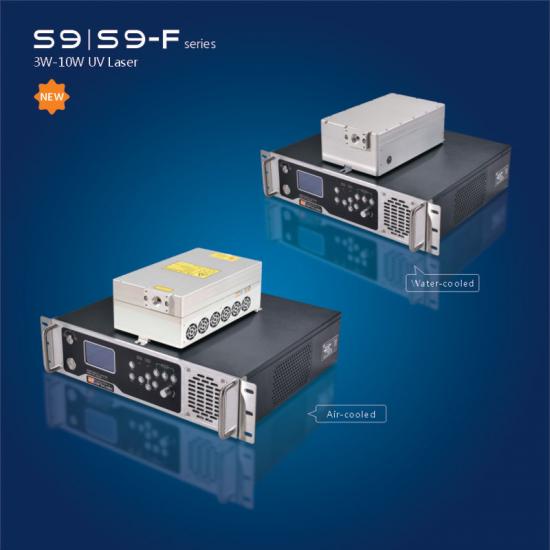Latest Blog
355nm laser from "cold" to "hot"
Nov 03 , 2022355nm laser from "cold" to "hot"
The first ruby laser was introduced in 1960, and the first laser was developed in my country in 1961. For more than 50 years, laser technology and applications have developed rapidly due to the excellent performance of lasers with good monochromaticity, strong directionality, good coherence and high brightness. Among them, all-solid-state lasers have become one of the most promising research fields of laser technology due to a series of advantages such as small size, long life, compact structure, and easy maintenance.

As one of the current mainstream industrial-grade lasers, solid-state UV lasers are widely used in various industries based on their various performance advantages. Due to their narrow pulse width, multiple wavelengths, high output energy, high peak power and good material absorption, etc. Moreover, the wavelength of ultraviolet laser is 355nm, which belongs to the cold light source, which can be absorbed by the material better, and the damage to the material is also the smallest.
Principle of solid-state ultraviolet laser light output
The laser must have the above three parts, the working substance, the pump source and the optical resonator, and the laser using solid laser material as the working substance. Under the action of the pump source, the working substance undergoes a population inversion distribution and becomes an activated substance, which has the effect of light amplification. A part of the amplified light is fed back to participate in the excitation, and the resonator oscillates. After certain conditions are met, laser light can be generated.
1. Working substance: The core of the laser, only substances that can achieve energy level transition can be used as the working substance of the laser.
2. Pump source: its function is to give energy to the working substance and excite the atoms from the low energy level to the external energy of the high energy level. Usually there can be light energy, thermal energy, electrical energy, chemical energy and so on.
3. Optical resonator: make the stimulated radiation of the working substance continue; continuously accelerate the photons; limit the direction of the laser output.
355nm A laser that goes from "cold" to "hot"
Application and Development
3D printing and additive manufacturing: The ultraviolet laser under the control of the calculator scans the liquid photosensitive resin point by point and layer by layer with the outline of each layered section of the predetermined part as the trajectory, so that the scanned resin thin layer produces a photopolymerization reaction. Cured molding. The 3D printing industry has developed rapidly in the past two years, the SLA manufacturing process has become more complete, and the increasingly mature printing process has put forward higher requirements for ultraviolet lasers. Therefore, Beilin Laser has specially launched a 0.5-3W air-cooled UV laser (LP105) for 3D printing and additive manufacturing applications. 100kHz, high beam quality (M2 < 1.3), spot roundness > 90%, these strict parameter requirements can perfectly solve a series of problems such as insufficient hardness and color difference during the curing process, and the air-cooled cooling method makes the laser Smaller and easier to integrate the overall optical path of 3D printing.
Fine marking: The wavelength of ultraviolet laser is 355nm, which belongs to the cold light source, which can be better absorbed by the material and is less destructive to the material. It is widely used in fine marking on the surface of plastic, metal, ceramic, glass and other materials. With the increasing demand for industrialization, the application of flying marking is more popular, and the demand for power is also increasing. The 3-5W power range of the optional Bellin laser LP106 series adopts the new frequency doubling module temperature control design, the power output is more stable, and the pulse width is less than 15ns@30khz, which can be applied to more marking materials.
Material cutting: With the increase of UV laser power, the cutting field is also more widely used, suitable for materials such as cover film, PCB board, thin metal and silicon wafer. Compared with traditional CNC cutting, laser has unique and flexible processing of various curves and small-angle cutting, which is more efficient and can improve the yield of processed products. Taking the PCB board as an example, the material cladding is copper-aluminum metal, and it is processed by two different power ultraviolet lasers, 7W and 10W, to cut the PCB board. The edges of the section are neat and there is no sawtooth phenomenon. Both processing results are in line with the standard, and the 10W power processing is more efficient, which is more in line with the needs of manufacturing, and also means that high-power UV laser equipment will become more and more popular in future cutting applications.
Development Trend of Ultraviolet Laser
355nm A laser that goes from "cold" to "hot"
As one of the current mainstream industrial-grade lasers, solid-state UV lasers are also growing. From the first UV light in the laboratory to the finished laser equipment in the hands of customers, the laser performance is more superior and stable, the service life is longer, and the stability better and more efficient. The traditional mode laser is generally divided into two independent parts: electrical and optical. The software and control parts are assembled inside the electric control box, and the optics are independent in the laser cavity. There will be inconvenience in the use of connecting lines and space. Take up more space on the device.
In the future, industrialized products will only move in the direction of convenience and integration. The same is true for lasers, which are smaller in size, lighter in weight, integrated with circuits and optical paths, higher in power and better in stability. Therefore, high-power integrated models become inevitable development trend. Today, with the localization of lasers, Beilin Laser's high-power 15W solid-state UV integrated machine leads the trend and is at the forefront of the industry.
For 355nm laser: https://www.rfhtech.com/s9-series-3w-5w-10w-uv-laser_p9.html
